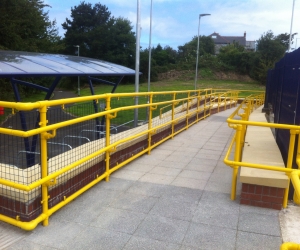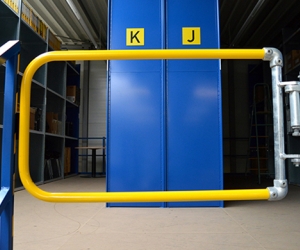Category:
Blog
-
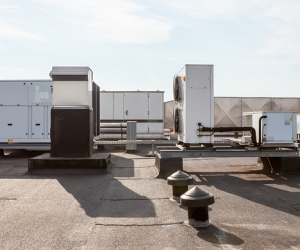
Overcoming the risks of roof obstacles
-
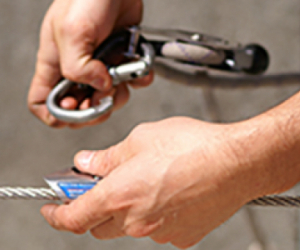
Why do I need to recertify my fall protection systems?
-
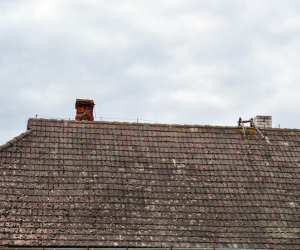
The challenge of accessing sloped roofs safely
-
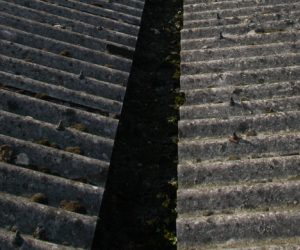
How to work safely around valley gutters
-

Keeping workers safe on industrial roofs
-
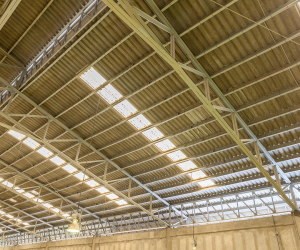
The hidden danger on Scotland’s roofs
-
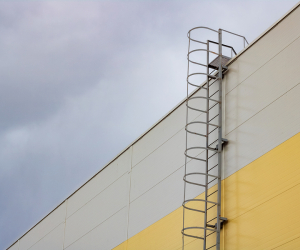
Fixed ladder compliance: what does it mean?
-
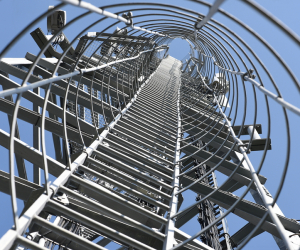
Don’t neglect your fixed ladder safety responsibilities
-
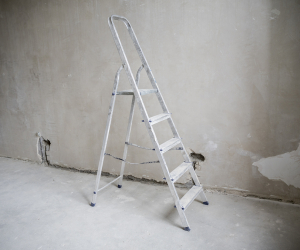
Is your ladder safe to use?
-

Can I hang office Christmas decorations?
-
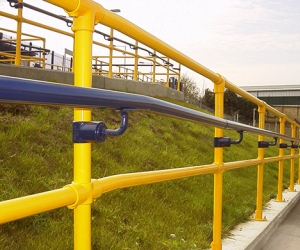
The benefits of colour coated handrails
-
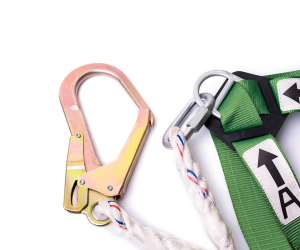
Fall arrest lanyards: what’s the difference?
-
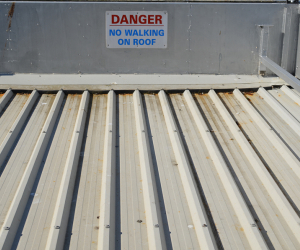
Working safe on fragile industrial roofs
-
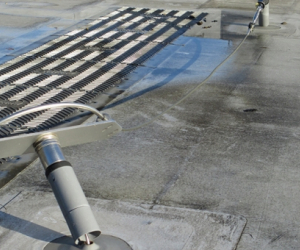
The importance of personal fall protection recertification
-
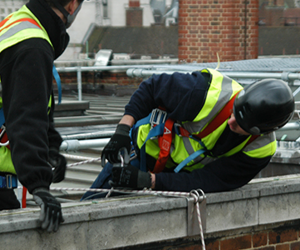
Why you need a rescue plan
-
Access for all with Kee Access® fittings
-
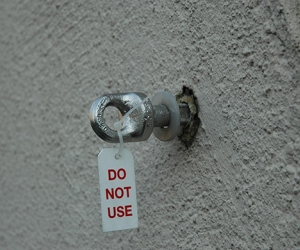
Recertification Q&A: the most common questions
-
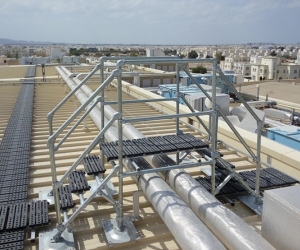
Safe access and maintenance with Kee Step-Overs
-

The Roof Edge pitched roof solution
-
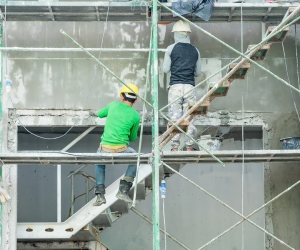
The importance of checking competency
-
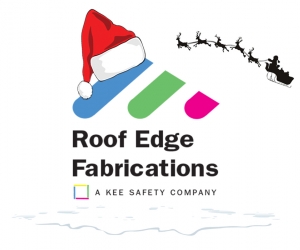
Christmas closure dates
-

‘Elf and Safety Myths Debunked
-
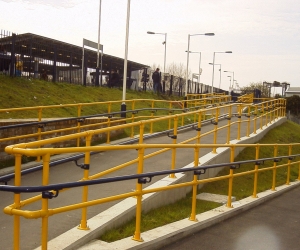
What does ‘not cold to the touch’ mean?
-
Counterfeit PPE: what’s the risk?
-
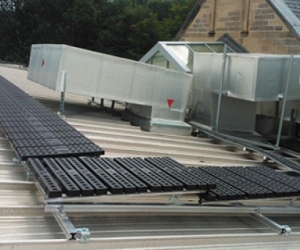
Rooftop walkways: do you need them?
-
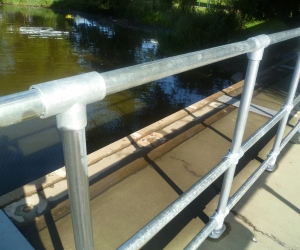
Roof Edge’s guardrail and handrail solution for the NHS
-

Health and Safety Sentencing Guidelines
-

Guardrails and handrails: fittings v fabrication
-
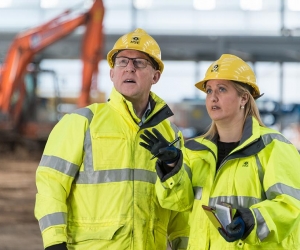
What to expect during a HSE inspection
-
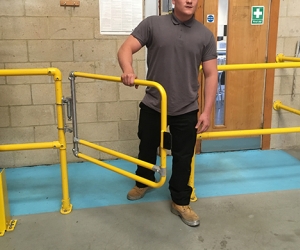
Important update to the self closing Kee Gate range
-

What if work at height can’t be avoided?
-
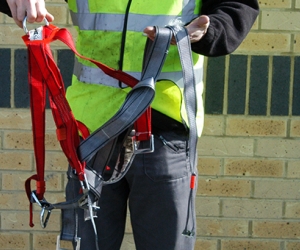
Safety harnesses: the Roof Edge guide
-
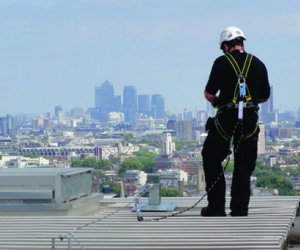
Understanding safety lines: the Roof Edge guide
-
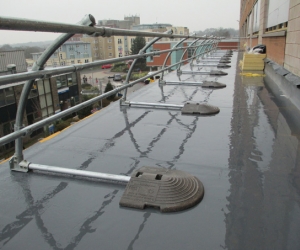
The benefits of collective edge protection
-

The Roof Edge guide to working in the heat
-
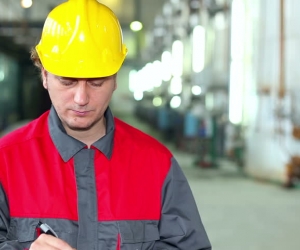
Planning work at height properly: part two
-
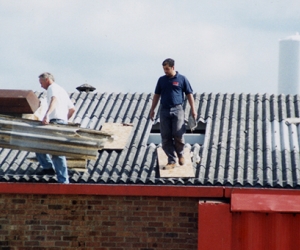
Planning work at height properly: part one
-
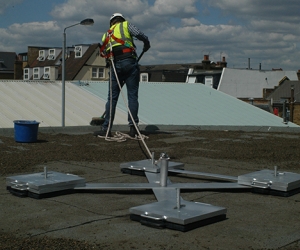
Roof Edge top tips for safe roof maintenance
-
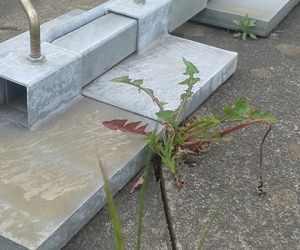
Why recertification is vital: personal fall protection
-
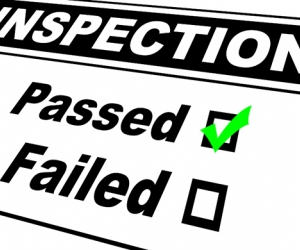
Why recertification is vital: collective edge protection
-
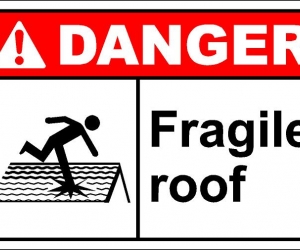
The Roof Edge guide to fragile roofs: part two
-
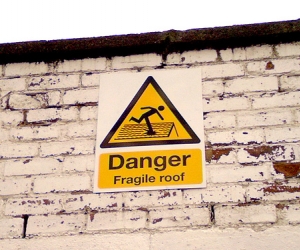
The Roof Edge guide to fragile roofs: part one
-

Debunking health and safety myths
-
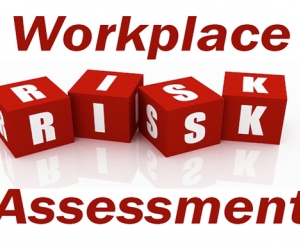
Your 5 Step Guide to Risk Assessments
-
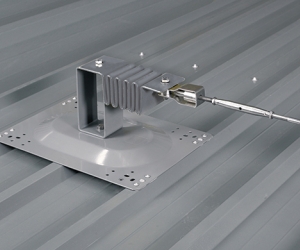
What is EN 795:2012?
-
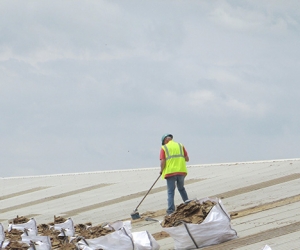
Autumn Roof Maintenance - Your Responsibilities
-
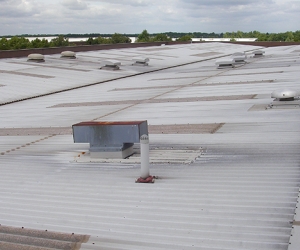
Working safely near rooflights and skylights
-
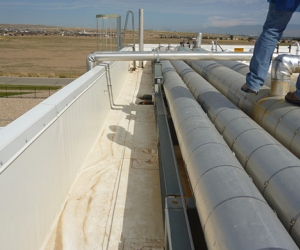
Roof top danger zones
-
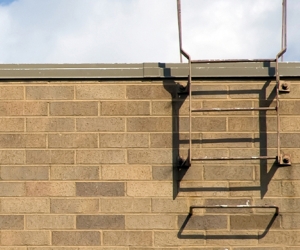
Access points and unprotected edges roof top danger zones
-
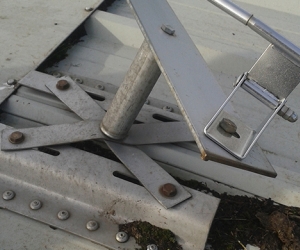
Why you should inspect fall protection systems
-
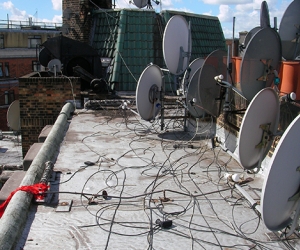
Preventing slips and trips on roofs
-
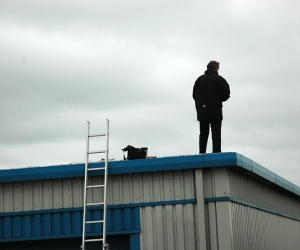
How to make sure lone workers are safe
-

Work at Height Audits and Assessments Part 2
-
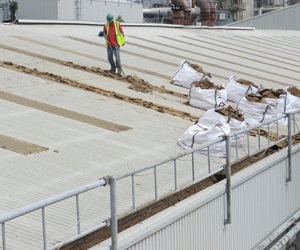
Work at Height Audits and Assessments Part 1
-
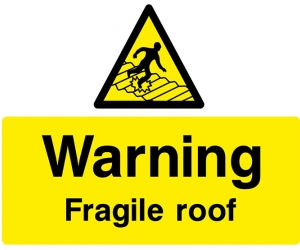
Working Safely on Fragile Roofs
-

What are the benefits of powder coating
-
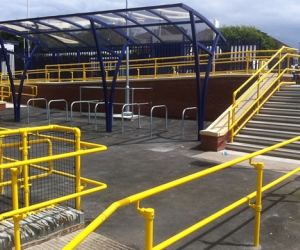
Not cold to the touch handrail
-
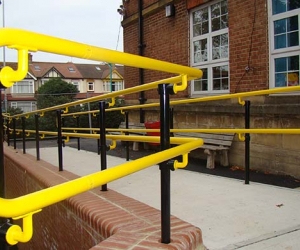
How to provide DDA compliant handrails
-
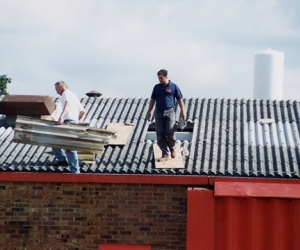
How to ensure safe maintenance at height
-
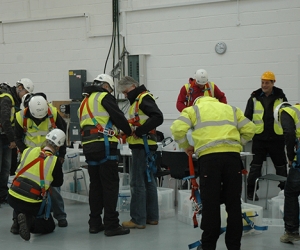
How to inspect and wear a harness correctly
-
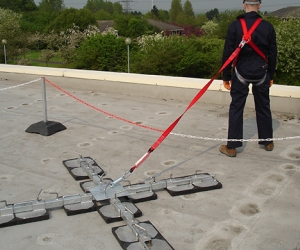
How to inspect a lanyard
-
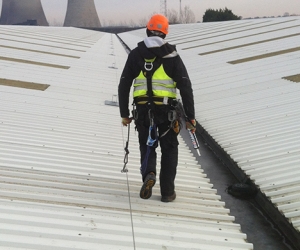
Correct fall arrest specification
-

Assesing Work at Height
-

Why do I need my fall protection system inspecting?
-
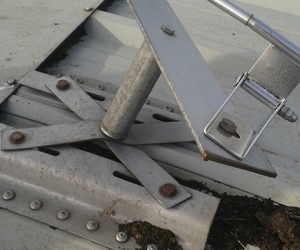
How to ensure equipment is safe to use
-

A simple guide to ladder safety
-
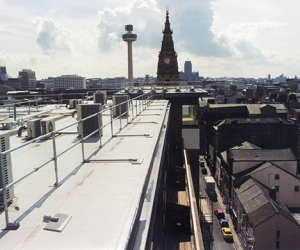
Why you need to recertify collective fall protection
-

The importance of annual fall protection inspections
-
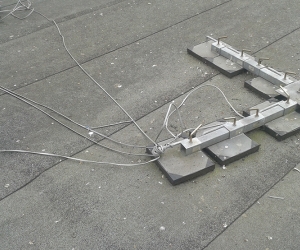
Why fall protection inspections are crucial
-
The benefits of spring loaded safety gates
-
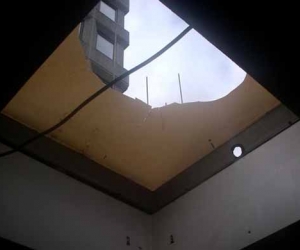
How to protect workers on fragile roofs
-
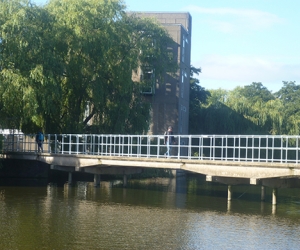
Are fittings better than fabrication for safety barrier construction?
-
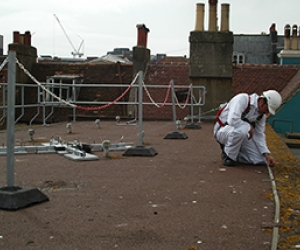
Do you know what PPE you should use with your anchorage devices?
-

Work at Height _ Correct Equipment Selection Part Three
-
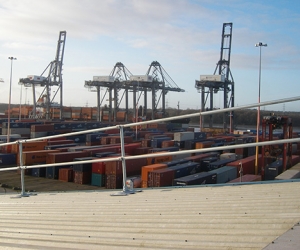
Work at Height - Correct Equipment Selection Part Two
-
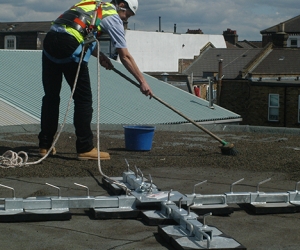
Work at Height - Correct Equipment Selection Part One
-
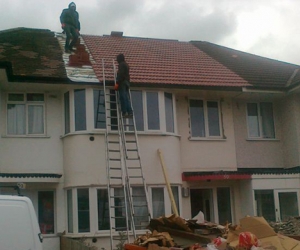
Checking on Competency
-
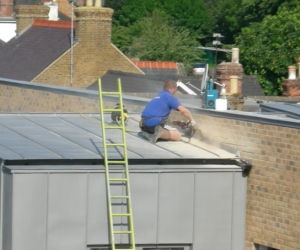
What exactly is work at height?

